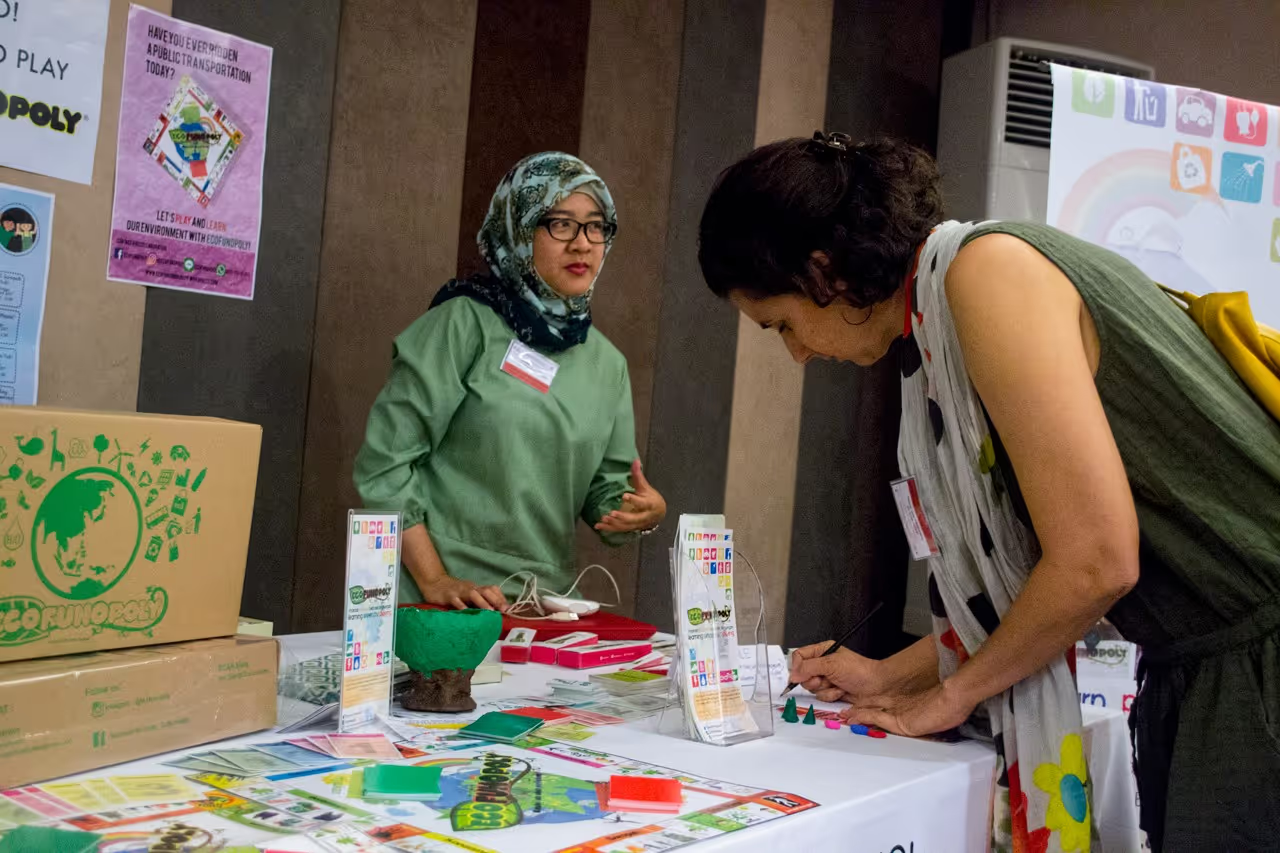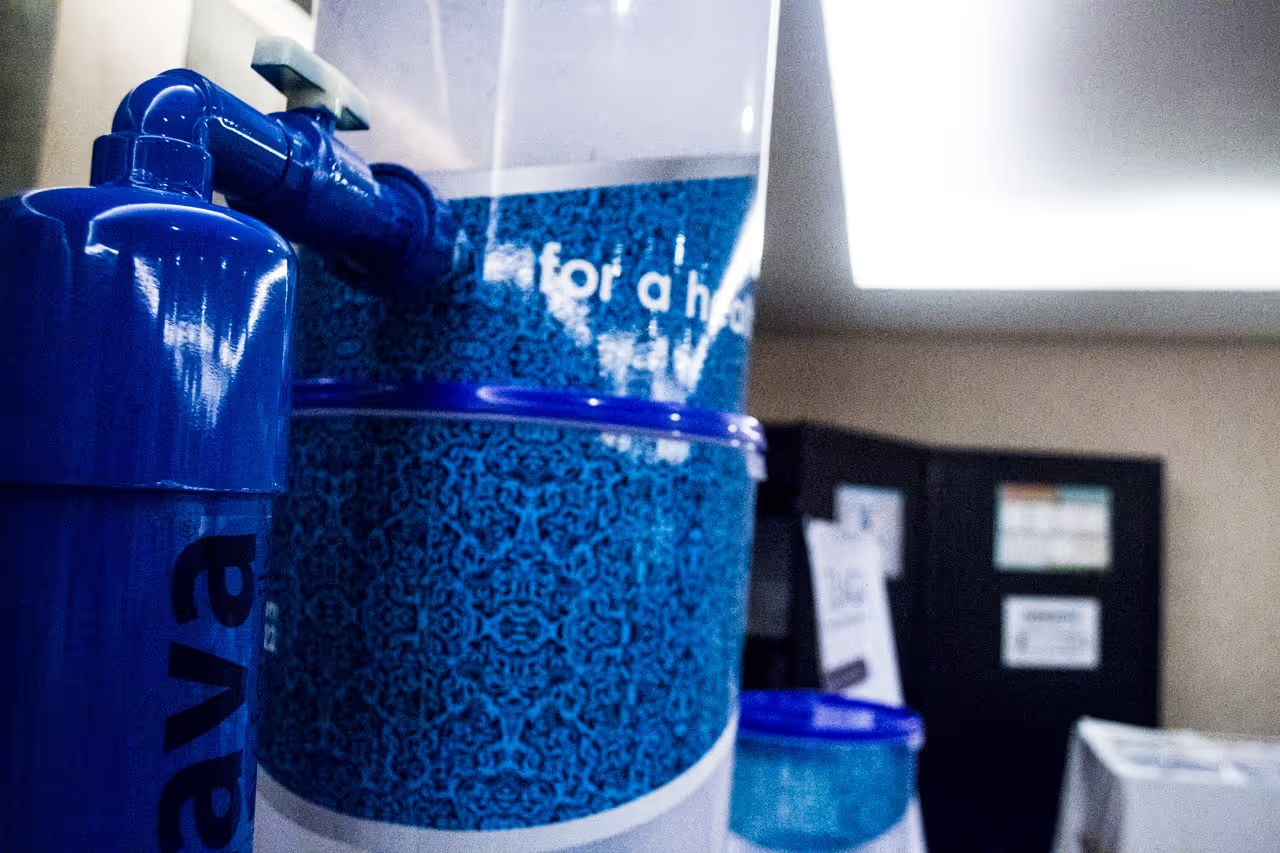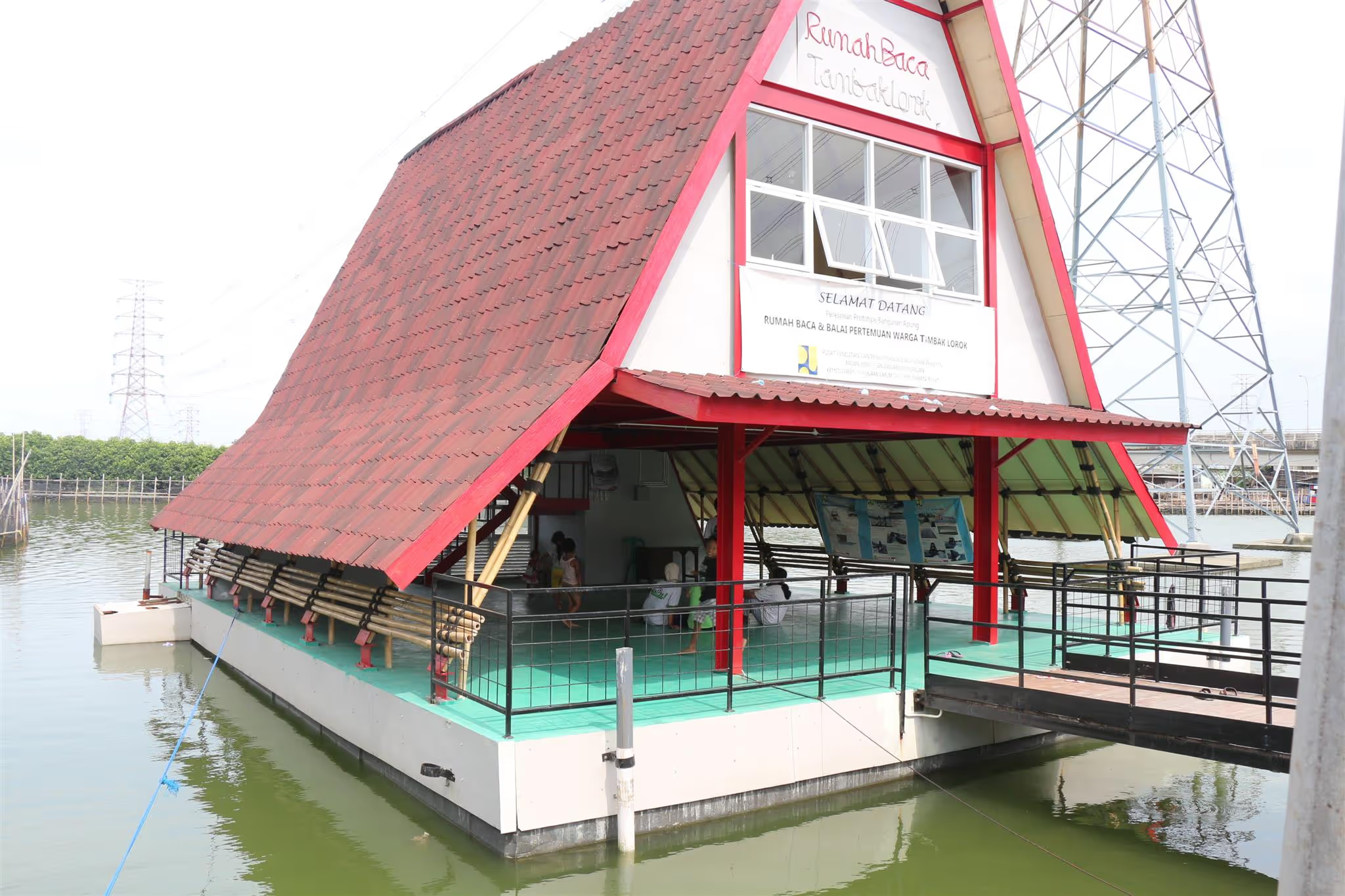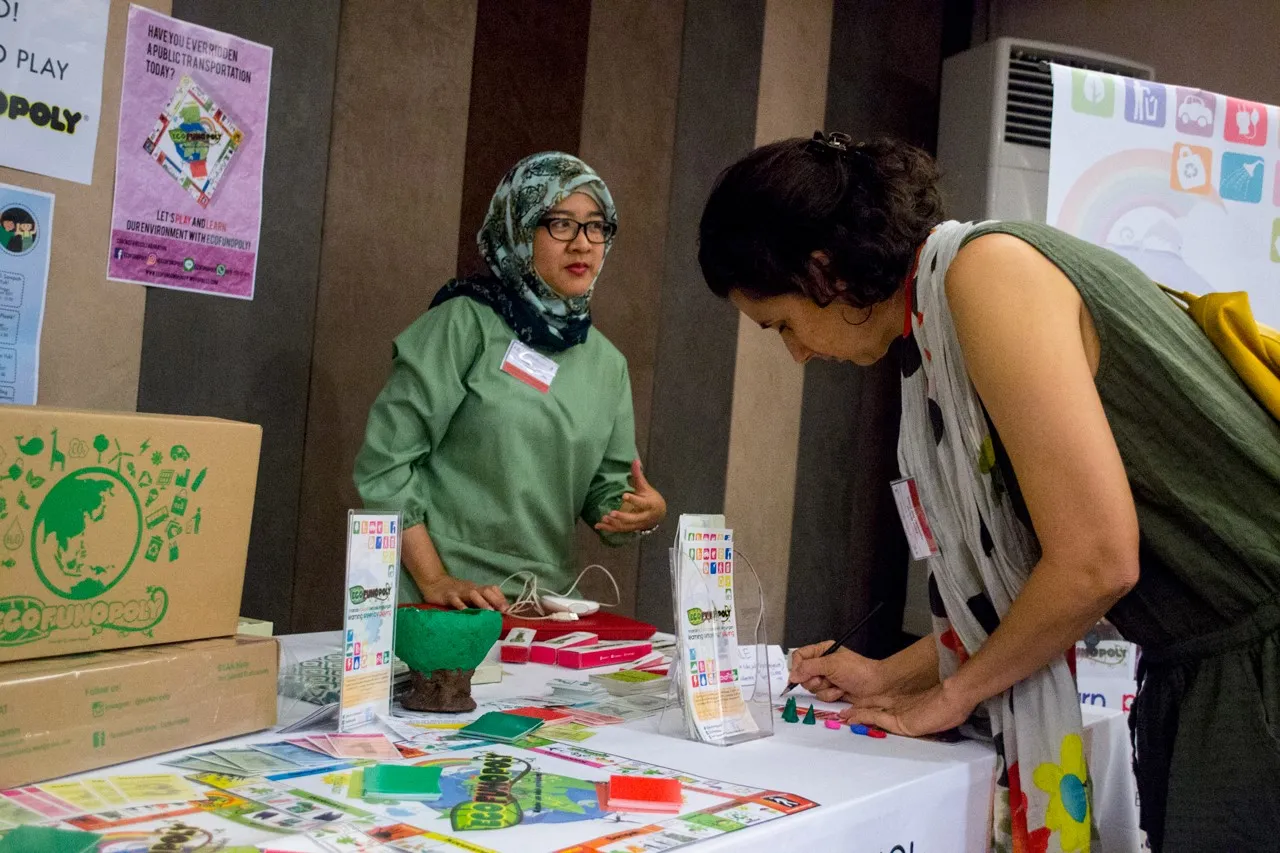Lead User Innovation in Floods Resilience

Project overview
Application and testing of an innovative private sector methodology to identify and support local innovators who have developed products and services to address humanitarian needs that they have experienced first hand.
Countries
Indonesia
Organisations
No items found.
Partners
Palang Merah Indonesia; Zurich Insurance; Hamburg University; Pulse Lab Jakarta; Humanitarian Leadership Academy; Global Disaster Preparedness Center
Area of funding
Humanitarian Innovation
Grant amount
49405.35
Start date
01
January
2017
End date
01
October
2017
Project length (in months)
9.1
Funding calls
No items found.
Focus areas
No items found.
Topics
Disaster Risk Reduction
Status
Closed
Project solution
This project offers [specific solution or intervention] to tackle [challenge]. By implementing [strategies, tools, or innovations], the project aims to achieve [desired outcomes]. The approach is designed to [specific actions or methods] to bring about meaningful change in [community, region, or issue area].
Expected outcomes
This project aims to achieve [specific outcomes], such as [measurable results, improvements, or changes]. The expected impact includes [benefits to the target community, advancements in research or innovation, or long-term effects]. By the end of the project, we anticipate [specific changes or milestones] that will contribute to [broader goals or objectives].
No items found.
What is the humanitarian need?
Floods affect more people globally than any other type of natural hazard and cause some of the largest economic, social and humanitarian losses. Many people living on front lines are addressing the humanitarian impact of floods through their own ingenuity and means, but lack the support to scale and more widely disseminate their ideas and approaches. Through testing and adapting a proven local innovation methodology to the humanitarian sector, we can position ourselves more efficiently and effectively address humanitarian at a local level.
What is the innovative solution?
Our primary objective is to determine the feasibility of using the Lead User method in a humanitarian setting. We believe the methodology can help position us to better support local innovators, through funding, partnerships and the dissemination of their ideas. The current approach to innovation, which includes significant funding going into building innovation labs in Europe and North America, seems inefficient.
With our study we will find out different ways that individuals and communities innovate in order to better cope with the challenges and problems associated with floods. The key question is: What kind of user innovations exist in the area of flood resilience? Together with local partners we aim to discover people and organizations who have already developed workable solutions for their own needs, but who, for different reasons, could not yet diffuse those inventions to others. We will then closely investigate the inventions with regard to their potential to serve others and make them available to a greater audience.
What are the expected outcomes?
Our objective is to confirm whether or not the Lead User method is applicable to humanitarian settings. Through the process we aim to identify local innovators and specific innovations that can be supported, disseminated and scaled. If the methodology is successful in a floods context, we will test it in other humanitarian contexts to confirm its wider applicability.
Results of the work will be published in case studies, blogs and academic research papers.
;

No items found.
Project delivery & updates
Stay up to date with the latest developments from this project. Here, you will find details on what has been delivered, resources created, and regular updates as the project progresses. Access key documents, reports, and other materials to see how the project is making an impact.
No resources/updates have been published yet for this project. Sign up for our newsletter to stay informed about upcoming publications and updates!
Join our Newsletter
Resources
Lead User Method vs. Innovation Contest – An Empirical Comparison of Two Open Innovation Methodologies for Identifying Social Innovation for Flood Resilience in Indonesia
Journal article
LEARN MOREInnovation in Flood Resilience in Indonesia: Learning from a two-track innovation process
Case study
LEARN MORE

